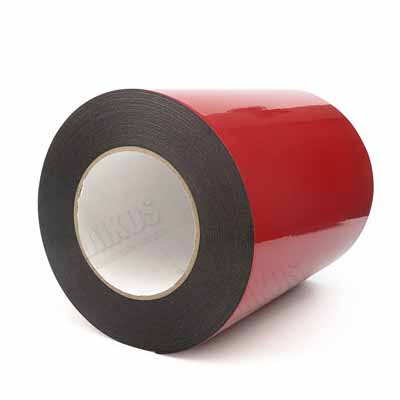PE Foam tape is one of the most popular products in the world today. It has been a very reliable and effective product for years, and its high performance and ability to provide superior protection have made it a popular product in many fields. However, despite its widespread popularity, there are many people who do not realize the importance of this very useful and cost-effective product. This article aims to make these people aware of the importance of this very useful product.
One of the most common uses of PE Foam tape is for sealing gaskets. High-density PE foam tape is specifically formulated to offer high resistance to compression while maintaining an excellent ability to adhere to the surface upon which it was applied. PE Foam sealing gaskets are designed to prevent moisture from penetrating the seal around gas valves and other seals that need to be tightly secured. This prevents moisture build-up in the valve seals, which in turn increases the efficiency of the sealing system. A high-performance foam seal is also resistant to ozone and ultraviolet rays, thus ensuring that the seal remains unaffected by harmful environmental conditions.
The use of high-density polyethylene foam tape can also be maximized to ensure the fast setup of sheetrock. When the adhesive is applied to the wall studs and ceiling joists with appropriate tackiness, the sheetrock will adhere much more quickly and more strongly than it would if the same adhesive were applied using standard nylon tape. The increased stickiness of the wall and ceiling studs results in a significant increase in the structural strength of the wall and ceiling, as well as making wall painting and ceiling improvements much easier. By coating the surface of the wall studs and ceiling joists with an appropriate PE Foam tape product, you can greatly reduce the amount of time needed for these projects to dry.
Over the past decade, the manufacturing process used to produce PE Foam tape has changed, largely due to advances in materials and production methods. Today, PE Foam tape is typically produced in a two-part process known as cross-linked PE foam seal tape and solvent adhesives. Cross-linked PE foam seal tape is manufactured by placing two pieces of similar width apart, then affixing them together with the aid of a special chemical compound. Once affixed, it is typically left to dry overnight. This secondary processing step is significant because it minimizes the amount of time the tape remains saturated, while simultaneously increasing the strength of the bond.
Solvent Acrylic Adhesive - As its name implies, the solvent acrylic adhesive is composed of solvent and acrylic resins. When mixed with water, the resins form a highly viscous paste, which is then formed into sheets of PVC pipe using a roll-pressing machine. Afterward, the resulting PVC paper is then cut into appropriate sizes. The resulting sheets are then laid down onto their respective sides of an opening in the pan or tray and allowed to dry.




